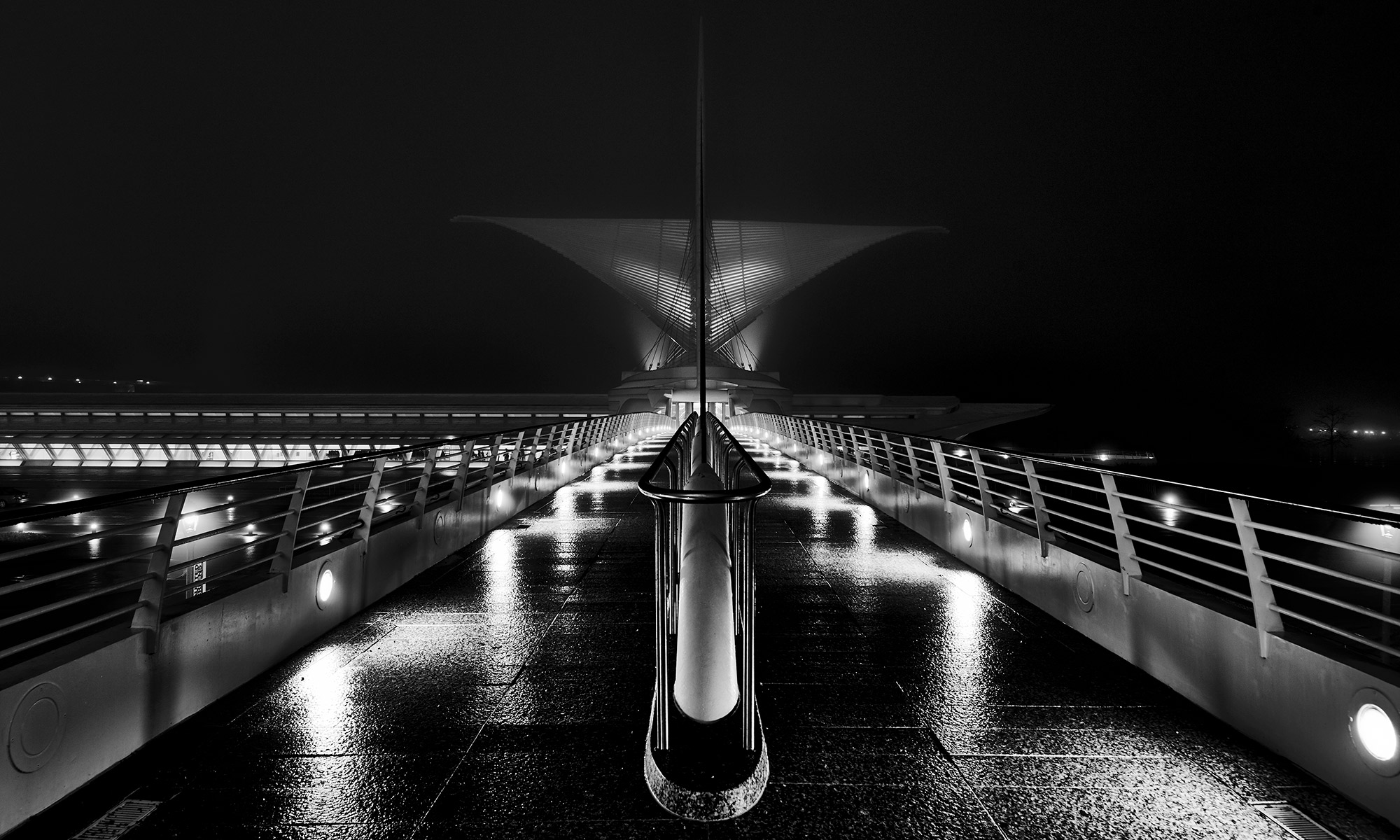My photography equipment includes:
Camera:
My primary camera is a Nikon D610. I bought it a little before the D750 was announced, and although I have been happy with it, I would probably look at the D750 in that price range. I am planning on buying a D850, but that is a pretty sizable investment.
I also have a D100 that I’ve had since new, that I now use for IR photography. Most current digital cameras have a filter over the sensor that filters out the IR light, so they do not work well with an IR filter like the Cokin P007. The early digital cameras do not have this filter, so they are much better at this. The disadvantage compared to a converted camera is that the older cameras do not feature live view, so you have to set up shots the old fashioned way, and
I use a GoPro Hero 4 Black, largely for time lapses, and a second camera on other work, usually as video or in time lapse mode.
The latest addition to my stable is a Panasonic LUMIX LX10, which is going to be used for BTS and the places that I don’t usually carry a DSLR.
Lenses:
In my bag all the time I have:
Nikkor 24-120 f4. Very versatile, and smaller/lighter (and less than half the price) of the 24-70 f2.8. This is the lens that is currently on my camera most of the time. The focal range is good for general purpose shooting, and it focuses reasonable close. My only complaint is that there is fairly noticeable vignetting, but that is easily fixed in post.
60mm f2.8D Micro-Nikkor, Probably a little short for heavy 1:1 macro work, but it is a great normal(ish) lens, and works great for a lot of the not quite 1:1 pictures that are closer than a regular lens can do. I also love the dampening of the manual focus on this lens, although it does add a little to the complexity. There is a locking ring on the lens that engages and disengages the manual focus collar. This allows the focus collar to be nicely damped for smooth manual focusing without slowing auto focus.
PC-E NIKKOR 24mm F3.5D ED. Replacing an old 28mm PC lens that I had, this is a great landscape and architecture lens. Shift allows you to correct the converging line effect that occurs when you tilt a lens back. The tilt effect is most associated with minimizing depth of field, but can be used to increase the perceived depth of field as well. Tilting the ens away from the plane you are photographing, i.e. tilting up when photographing the ground for a landscape, causes the depth of field to become smaller, tilting it down effectively spreads the focal plane along the ground, increasing the perceived DoF.
Other lenses I use:
Nikkor 50mm f1.8D. Great little lens for the cost, with a fast f1.8 maximum aperture. A 35mm might be better on a DX sensor, but the 50mm is a very versatile length on either DX or FX/film.
Vivitar Series One catadioptric. Catadioptric (Mirror) lenses are not as popular now as they used to be. They have a couple serious disadvantages, and a couple advantages. The primary disadvantage is that they are fixed aperture, and usually pretty slow. The benefits are smaller size and lighter weight than standard lenses of the same focal length, and usually lower cost.
Computer:
Apple MacBook Pro 13 Inch. This is my first (modern) Mac, and I like it, but am a firm believer in using what works for you. Most of the most important software is available for PC and Mac, and some for Linux and other operating systems. Use what you are comfortable with and is effective. The top selling point for me was the great combination of small and lightweight form factor with the horsepower to run the programs I needed.
Software:
Phase One Capture One Pro is my main RAW editor.
Adobe Photoshop and Lightroom CC. Pretty much the standard for photo editing, not much more to say about this.
Camera Support:
My primary tripod is a 3 Legged Thing Winston with the Air Hed 360. I also have one of their Punks Travis tripods. For more on these, check out my review here.
3 Legged Thing QR11-L in Eclipse slate. An L-bracket is a game changer if you shoot off a tripod a lot, especially for panoramas. Mine stays on the camera pretty much all the time, it stays out of the way for the most part, and the wide stance is more stable than a QR plate when you set the camera down. I got the Eclipse slate color rather than the Equinox Orange since it does stay on my camera, and I felt the orange would draw additional attention to the camera.
I also carry a Platypod Pro (current version is the PlatyPod Ultra) and micro ballhead for my LX10, and a Platypod MAX for the DSLR. I don’t have a dedicated head to use on the MAX, I just use the head off of one of the tripods. The Platypods are useful for fixed cameras for BTS, ultra low angles, and places that tripods are not allowed. The Pro/Ultra are pretty small, but will support a full size DSLR so long as you have a reasonable lens and keep it fairly straight on. The MAX can support my full pano setup (Air Hed 360, 180mm slider, L-bracket and camera) including full rotation.
Other:
AmazonBasics remote. I use this like a cable release, which doesn’t require a cable. The AmazonBasics one works just fine compared to the Nikon one, I think it feels better, and less than half the price. That can come in handy, because you can lose these.
